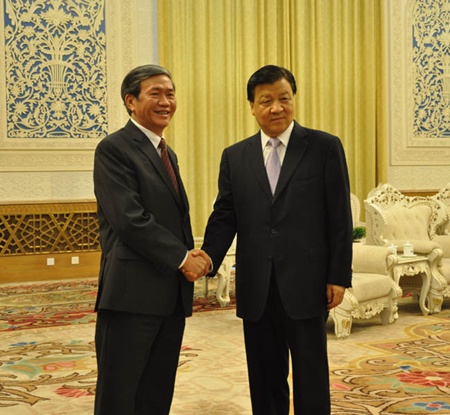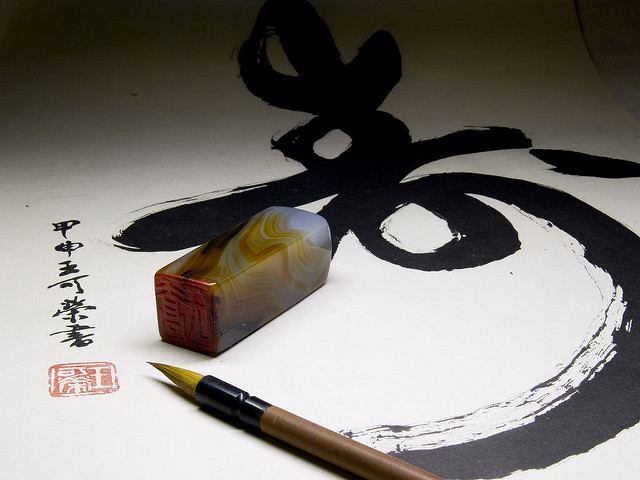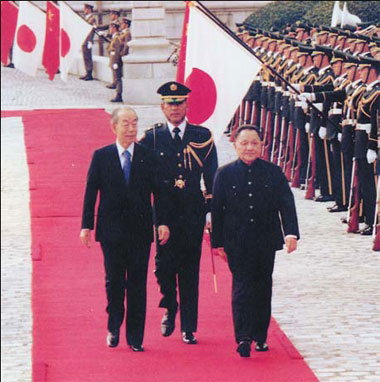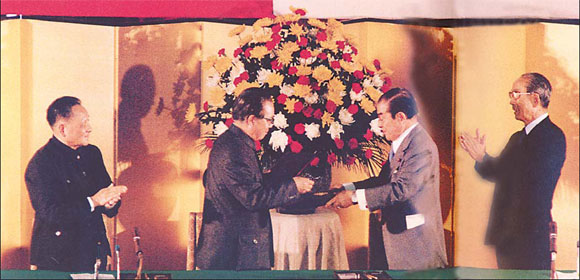
(Photo: China Daily)
Only July 18, 2013, the Ministry of Commerce of the People’s Republic of China issued announcement No. 48,2013 which laid out the results of its year-long anti-dumping investigation into imports of solar-grade polysilicon originating in the U.S.A. and the Republic of Korea. The report concluded that:
It is preliminarily ruled by the Investigation Authority that, during the investigation period of this case, the products under investigation were involved in dumping and the solar-Grade polysilicon industry of China was materially injured, and there was causality between the dumping and injury. (Ministry of Commerce Website)
New tariffs range from 53-57% for U.S. companies and from 2.4-48 % for South Korean companies. The new tariffs are aimed at solar-grade polysilicon; electronic-grade polysilicon is not covered. Solar market research and analysis organization, Solarbuzz states that in 2012 China accounted for 76% of the world’s solar wafer production, and produced 40% of the world’s polysilicon. Sources say falling prices of foreign- produced product forced Chinese manufactures to seek protection under anti-dumping regulations. Polysilicon, due to its semiconductor-like properties is used as a basic material in most solar energy applications.
PRC Ministry of Commerce Announcement No. 48 http://english.mofcom.gov.cn/article/policyrelease/buwei/201308/20130800224101.shtml
Background from Solarbuzz: http://www.displaysearchblog.com/2012/05/growing-polysilicon-imports-and-falling-prices-provide-chinese-solar-manufacturers-with-anti-dumping-fodder/
 日本語
日本語 English
English 中国語
中国語
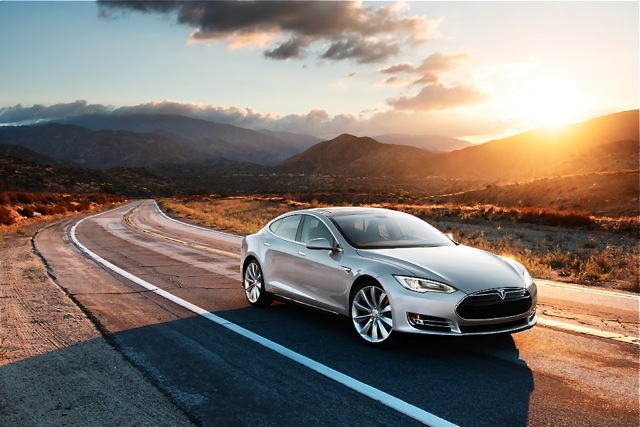 (Photo: Tesla Motors, USA)
(Photo: Tesla Motors, USA)